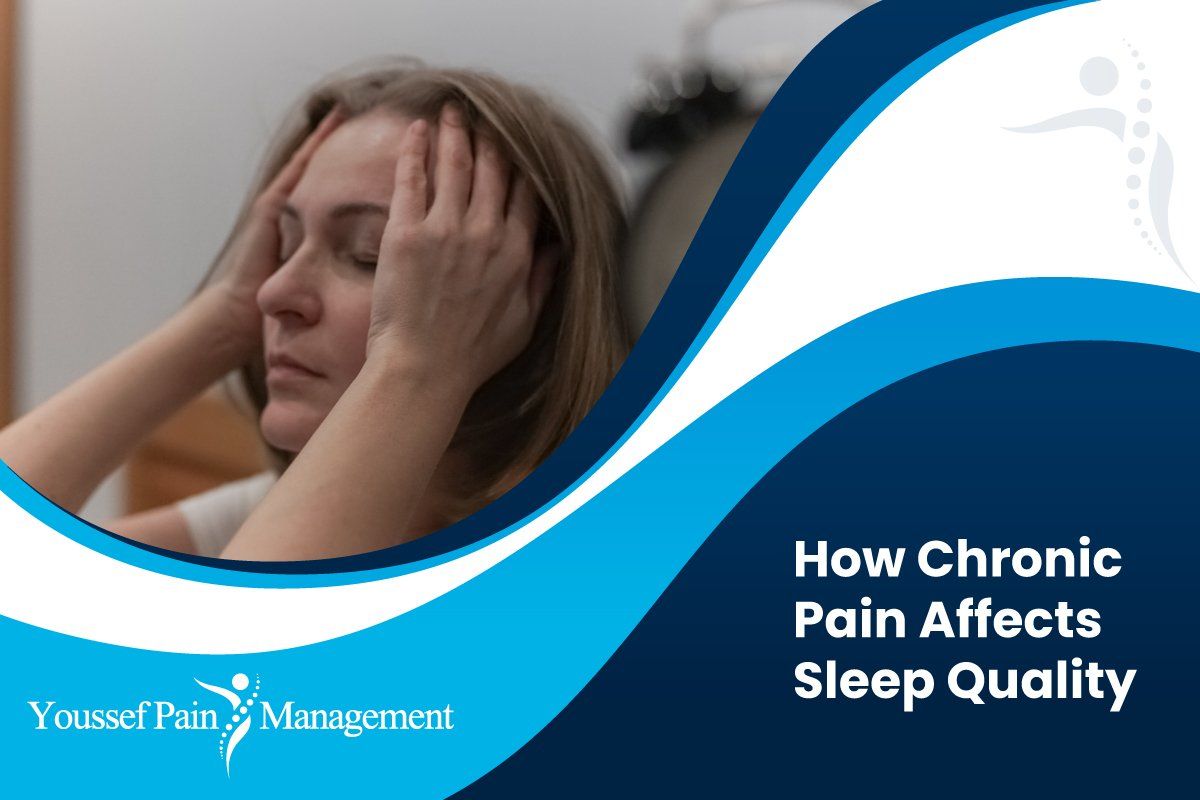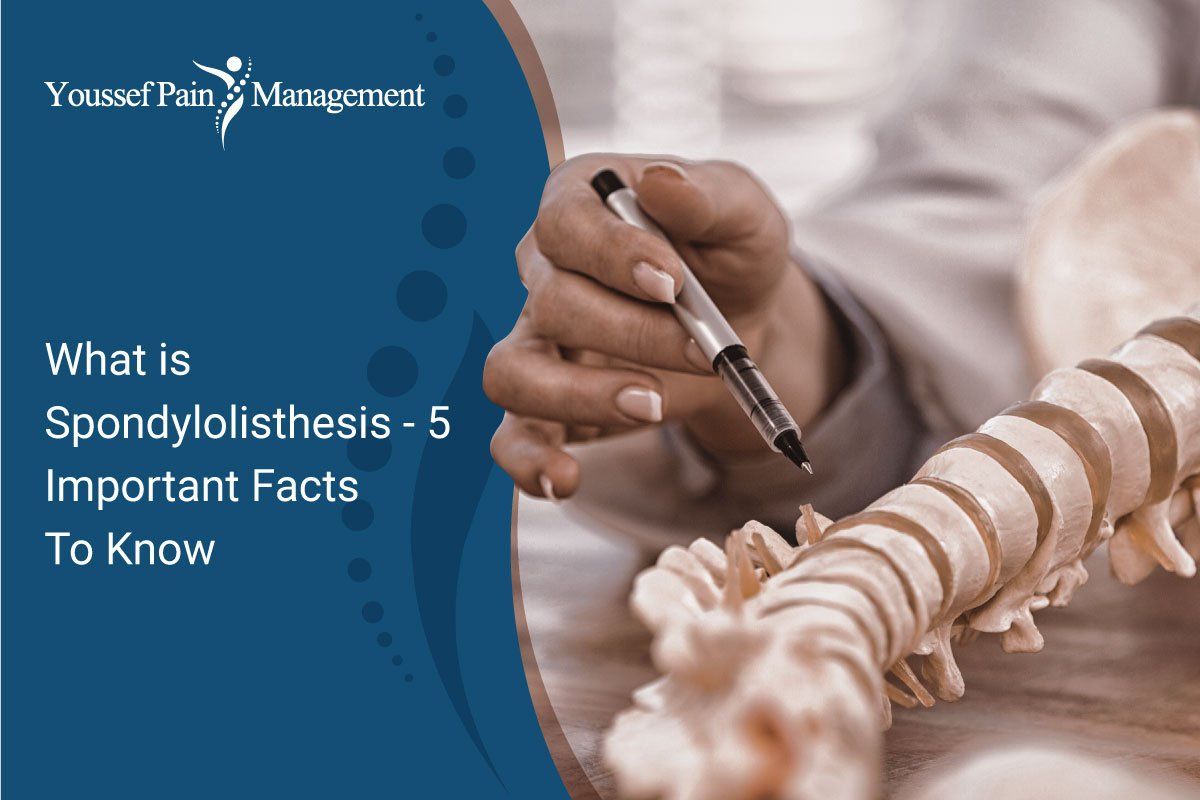How Ketamine Therapy Reduces Chronic Pain

Over the last decades, chronic pain has become more common among patients. A trial-and-error approach to chronic pain treatment involves using antidepressants, antiepileptics, and opioids. Commonly, these drugs are used as first-line therapy for chronic pain. However, despite all treatment approaches, only 30–40% of patients experience adequate pain relief. In the rest of the population, either no effect is seen, or a poor response is observed.
Numerous studies show that ketamine for pain has been on the rise as one of the most effective options in dealing with chronic pain. Here's everything you need to know about how ketamine therapy reduces chronic pain.
What is Ketamine?
Ketamine is a drug that can be used alone or in combination with other medications to induce general anesthesia. It works well for short-term medical procedures that do not require skeletal muscle relaxation. Ketamine has been approved for use as a pre-anesthetic in combination with other general anesthetic agents.
Ketamine for Reducing Chronic Pain
At present, anaesthesiologists and other pain physicians are considering using ketamine for pain. The use of ketamine therapy is commonly focused on treating chronic pain syndromes that have become resistant to therapy, particularly neuropathic pain syndromes.
How It Works
Ketamine therapy for chronic pain works mainly via interacting with a chemical receptor known as NMDA (N-methyl-D-aspartate) found in the nervous system. By blocking the NMDA receptors, ketamine blocks the transmission of pain signals to the brain. During ketamine infusion therapy, if this receptor is blocked for an extended period, the brain reboots and stops interpreting peripheral stimulation as pain resulting from the blockage.
It has been found that ketamine is a
highly beneficial therapy for many people who have been unable to respond well to other chronic pain treatments.
Ketamine and Chronic Pain
Getting rid of chronic pain is easier with ketamine's dissociative effects as an anesthetic. It can be used to treat:
- Trauma
- Low back pain
- Fractures
- Abdominal pain
- Arm or leg pain
Pain can be relieved quickly and efficiently with ketamine therapy. In cases of uncooperative patients, like children, doctors often prescribe ketamine. Moreover, it works better in cases where other pain relievers are ineffective.
Does Ketamine Therapy Work?
Studies have shown that ketamine for pain shows promising results. In pain management, low-dose ketamine (LDK) therapy is used alone or in combination with other pain relief medications. Ketamine, combined with nonsteroidal pain relievers and opioids, is also safe and effective for treating chronic pain.
Also, read on how
Ketamine is a ‘Game Changer’ in Treating Chronic Pain and Depression.
What Chronic Pain Conditions Respond to Ketamine?
Fibromyalgia
As a result of fibromyalgia, the body suffers from widespread muscular discomfort, including constant dull aches and pains above and below the waist. There is increased activity of the NMDA receptor in the spinal cord of patients with fibromyalgia, showing low threshold to pain. As a result, spinal nerves are stimulated too much, while inhibited too little. Ketamine’s role as an antagonist to NMDA receptors has been shown to reduce pain intensity in patients with fibromyalgia with a single, low-dose, intravenous ketamine infusion.
Complex regional pain syndrome (CRPS)
CRPS is characterized by squeezing, burning or pins and needles-like pain in one limb.CRPS is characterized by squeezing, burning or pins and needles-like pain in one limb. Ketamine helps treat Complex regional pain syndrome (CRPS) through its analgesic, anti-inflammatory, and antidepressant actions. This treatment is through a biopsychosocial model of chronic pain and an interdisciplinary approach to the management of CRPS.
Migraines
Migraines that haven't responded to conventional treatment benefit from ketamine infusions. Ketamine treatment is usually most effective after the fourth day. Being an NMDA antagonist, ketamine helps migraines by blocking pain pathways. Research also shows that ketamine will reduce glutamate activity. Glutamate is the brain’s primary causing neurotransmitter and is related to migraine pain. Long-term use of ketamine for migraine treatment showed that ketamine produces potent analgesia during episodes of neuropathic pain, relieving pain.
Chronic Pain Conditions Treated with Ketamine
The following chronic pain conditions can also be treated with ketamine:
- Osteoarthritis
- Discomfort following surgery
- Injury-related pain
- Chronic back pain
- Neckache
- Cancer pain
- Nerve pain
Ketamine As A Topical Agent
One of the most frequent disorders treated with topical ketamine is Chronic Regional Pain Syndrome (CRPS), a type of chronic neuropathic pain. Ketamine creams, both a 10% Ketamine only and a combination of ketamine and several other analgesics, have been shown to reduce pain.
Ketamine Infusion for Pain
One of the first applications of ketamine for analgesia was via intravenous infusion due to the ability to avoid first-pass metabolism and the well-controlled nature of administration. Additionally, these infusions typically occur in inpatient settings allowing the healthcare team to monitor for adverse conditions and track treatment efficacy.
Based on numerous reports, ketamine shows significant promise for treating various chronic pain conditions, including neuropathic and non-neuropathic. Furthermore, due to the long-acting nature of ketamine's analgesia, this treatment can be offered outpatient, with doctor visits for pain management only required as frequently as infusions are needed.
How Long Does It Take For Ketamine Infusion to Work?
Infusions usually last a few days to a month. A series of 4 – 6 infusions may last from weeks to months. Often, a booster infusion is needed when the effects have worn off to restore the response. Patients respond differently to infusions; some find relief after a few injections, while others require several infusions.
Ketamine Side Effects: Are There Any?
During treatment, patients often experience floating sensations, hallucinations, and tingling. Other symptoms may include nausea, dissociation, and intoxication. Infusion side effects usually disappear shortly after treatment. There is no need to worry about these symptoms as they are temporary and can be treated at the clinic.
By gradually infusing ketamine, its side effects tend to be predictable and not severe. Some people may feel sleepy or tired once the dose reaches a level where most people experience relief. Ketamine can also cause disorientation and forgetfulness at high doses. It usually takes a few hours after the session for the ketamine-related side effects to subside.
When Should I Not Get A Ketamine Infusion?
The use of ketamine might not be suitable for everyone. Due to how powerful ketamine can be, some conditions or medications may not respond well. Thus, some individuals may be harmed when using ketamine. Healing should be the goal of ketamine use. Therefore, knowing if ketamine is right for you is very important.
Here are some conditions that may stop you from getting a ketamine infusion for pain:
- Previous adverse reaction to ketamine: if you have hypersensitivity to ketamine, you should not get a ketamine infusion as this may cause an allergic reaction or worse, an anaphylaxis reaction.
- Decreased lung function (such as COPD): ketamine relaxes bronchial smooth muscle. With decreased lung function accompanied by ketamine infusion, your lungs may not be able to function properly.
- Decreased cardiac function: In some instances, ketamine can increase blood pressure, while in others, it can lower it. An already impaired heart may have to work harder due to this variation in blood pressure and heart rate effects.
- Pregnancy: ketamine can pass through the placenta and can be neurotoxic to the developing brain.
- Acute glaucoma: Ketamine infusions may not be the best option for an individual with uncontrolled glaucoma (high eye pressure) or acute glaucoma as this can contribute to increased eye pressure.
- Currently ongoing chemotherapy or radiation therapy: ketamine infusion while undergoing chemotherapy or radiation therapy may do more harm than good.
Say Goodbye to Chronic Pain with Ketamine Therapy
Suppose you a seeking an online pain doctor or online prescriptions. In that case, Youssef Pain Management Inc. can help you achieve a healthier and more fulfilling lifestyle. We are committed to providing you with pain management services that are safe and effective. The therapeutic benefits of ketamine have helped a large number of our patients live more fulfilling lives.
Become one of our happy and satisfied patients and live life to the fullest. If you would like to learn more, feel free to call 909-392-9480. You can count on our doctors to provide the best pain management services available.
Allergy , Asthma and Sinus Center | All Rights Reserved.







